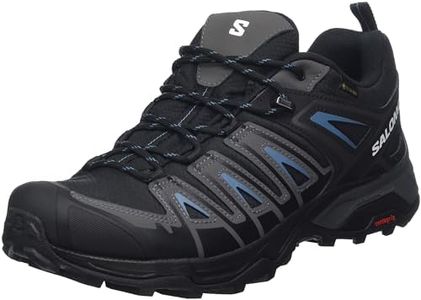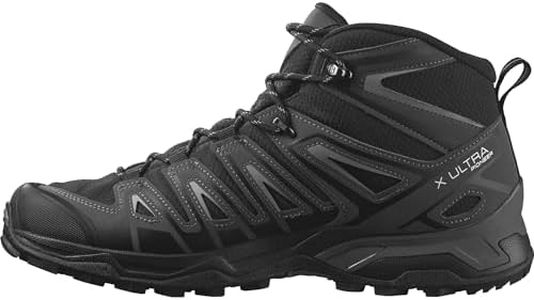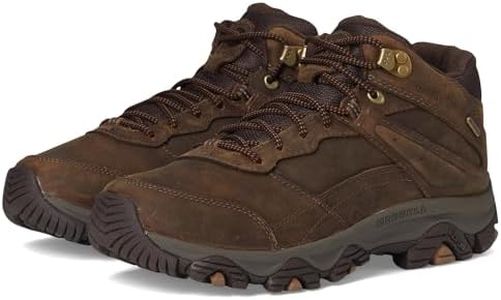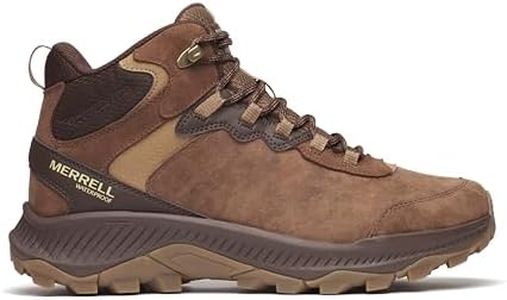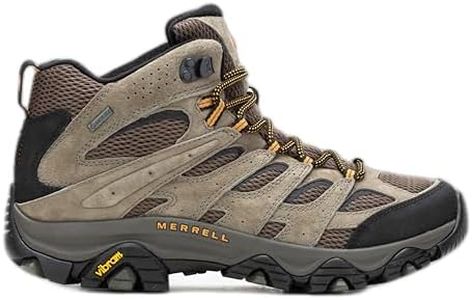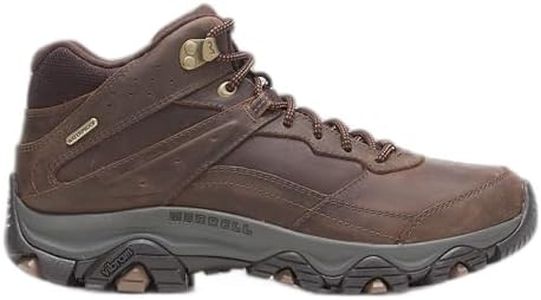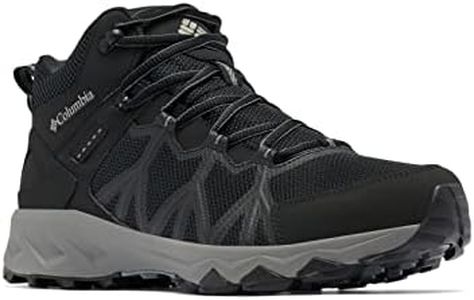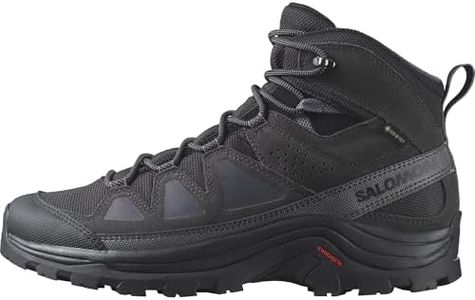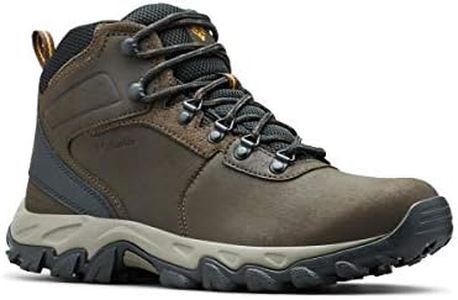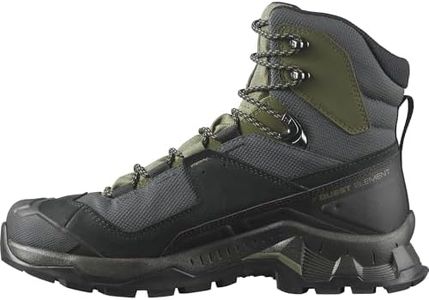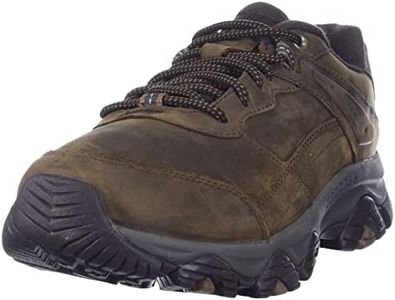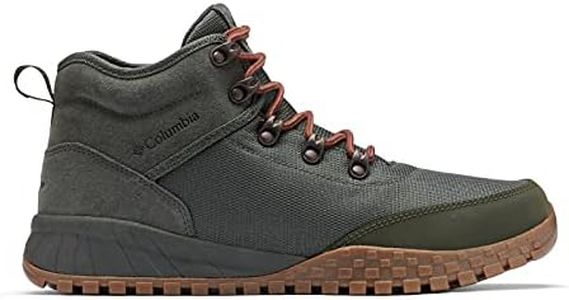We Use CookiesWe use cookies to enhance the security, performance,
functionality and for analytical and promotional activities. By continuing to browse this site you
are agreeing to our privacy policy
10 Best Mens Hiking Boots
From leading brands and best sellers available on the web.Buying Guide for the Best Mens Hiking Boots
Choosing the right men's hiking boots is important for both comfort and safety on the trails. The best boots will match your hiking style, the terrain you plan to tackle, and the weather conditions you expect. Focus on fit and function rather than looks, because the right pair will help prevent blisters, improve stability, and keep your feet protected on various surfaces. Before buying, think about the kind of hikes you enjoy most—whether short nature walks, long backpacking trips, or steep mountain ascents. Always try boots on with hiking socks and consider how your feet swell during long treks.Type of BootThis refers to the design and intended use of the hiking boot, such as low-cut hiking shoes, mid-cut boots, or high-cut boots made for backpacking. Light hiking shoes are for easy trails or day hikes, mid-cut boots are more supportive for rougher ground, and high-cut boots are tough and stable for challenging terrain and heavy backpacks. Think about where you hike most—easy, moderate, or tough trails—and choose the type that matches your adventures.
MaterialBoots can be made from leather, synthetic materials, or a mix of both. Leather boots are durable and provide support, but they can be heavier and take time to break in. Synthetics are lighter and dry faster, but may not last as long. If you hike in wet conditions or need tough boots, leather might be ideal. If you do shorter, warm-weather hikes, synthetic materials could be more comfortable.
WaterproofingSome hiking boots come with waterproof linings or treatments, while others are designed to breathe. Waterproof boots are great for wet, muddy trails, or unpredictable weather, keeping your feet dry. However, they might feel warm on hot, dry hikes and take longer to dry if they get wet inside. If your hikes usually cross streams or you live in rainy areas, prioritize waterproofing; on dry, hot trails, ventilation could be more important.
WeightThe weight of hiking boots affects how quickly you get tired and how much support you get. Lightweight boots are easier for fast hiking and less tiring for shorter walks, whereas heavier boots usually offer more support and protection for long or difficult hikes. Think about your hiking distance, how much you carry, and the terrain you face—go lighter for easy trails and heavier for demanding journeys.
Fit and ComfortHow the hiking boots feel on your feet is crucial. They should provide enough room for your toes, secure your heel, and offer good arch support. Too tight, and you'll get blisters; too loose, and your feet will slide around. Always try boots on with your hiking socks and pay attention to any pressure points. If you hike long distances or have wide or narrow feet, prioritize brands known for offering diverse fits.
Traction and OutsoleThis spec is about how well your boots grip on different surfaces. Boots have different tread patterns and rubbers for handling mud, rocks, or smooth paths. Deep lugs are best for slippery, rough trails, while shallower treads might be fine for simple, dry paths. Consider the typical ground you walk on—choose more aggressive traction if it's often rocky or muddy.
Ankle SupportThe height of the boot around your ankles affects stability and the risk of rolling your foot. High-cut boots support your ankle on steep or uneven terrain with lots of weight on your back, while low-cuts are lighter for flat or easy trails. Pick the level of ankle support based on your experience and where you usually hike; more support is better for tough or multi-day hikes.
BreathabilityThis is how well the boot lets air in and out, affecting how sweaty your feet get on warm or tough hikes. More breathable boots help keep feet cool and reduce blisters, but usually won't be as waterproof. If you often hike in hot weather or your feet sweat a lot, look for breathable boots. If you need waterproofing, understand ventilation will be less.
